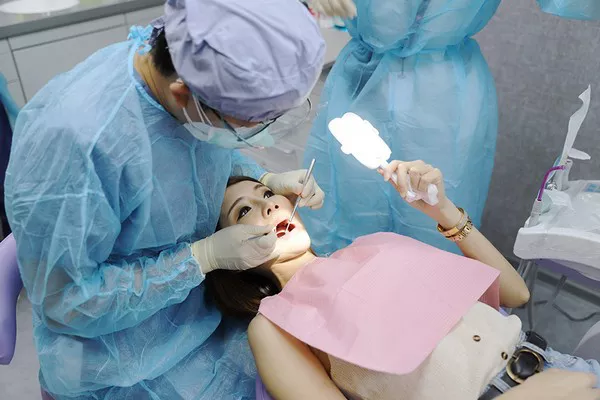Periodontal disease, also known as gum disease, is a chronic inflammatory condition that affects the gums, bone, and other supporting structures around the teeth. It is a prevalent condition that can lead to tooth loss if left untreated. In this article, we will explore what causes periodontal disease, how it progresses, and why early detection and treatment are crucial in preventing its consequences.
Understanding Periodontal Disease
Before delving into the causes of periodontal disease, it is essential to understand the two main types of this condition: gingivitis and periodontitis.
Gingivitis is the initial stage of periodontal disease that affects only the gums. It is characterized by redness, swelling, and bleeding of the gums. Gingivitis is often painless, and many people may not even be aware that they have it.
If left untreated, gingivitis can progress to periodontitis. At this stage, the inflammation extends beyond the gums and affects the supporting structures around the teeth, including the bone and ligaments. As the disease progresses, the pockets between the teeth and gums deepen, leading to further destruction of the supporting structures. This can result in tooth loss, which is the most severe consequence of periodontitis.
Now that we have a basic understanding of periodontal disease let’s take a closer look at the causes.
Causes of Periodontal Disease
The primary cause of periodontal disease is the accumulation of plaque on teeth. Plaque is a sticky film that forms on teeth when bacteria combine with saliva and food particles. Plaque is continuously forming throughout the day, and if it is not removed through regular brushing and flossing, it can harden into tartar or calculus.
Tartar cannot be removed through brushing or flossing alone and requires professional cleaning from a dental hygienist or dentist. Tartar buildup can lead to gum inflammation, which is the first sign of gingivitis.
Other factors that can contribute to the development and progression of periodontal disease include:
1.Poor oral hygiene:
Lack of proper oral hygiene habits such as not brushing and flossing regularly, can increase the likelihood of plaque buildup and the subsequent development of periodontal disease.
2.Smoking and tobacco use:
Tobacco use weakens the immune system, making it harder for the body to fight off infections, including those that cause periodontal disease.
3.Genetics:
Some people may be at higher risk of developing periodontal disease due to their genetic makeup.
Hormonal changes: Women are more likely to develop periodontal disease during pregnancy or menopause, as hormonal changes can affect the health of gums.
4.Diabetes:
People with diabetes are at higher risk of developing periodontal disease, and poor gum health can also make it harder to control diabetes.
5.Medications:
Certain medications, such as antidepressants, can reduce saliva flow, leading to dry mouth, which can increase the risk of periodontal disease.
Progression of Periodontal Disease
Periodontal disease progresses in stages, and the earlier it is detected, the better the chances of successful treatment. Here’s how it typically progresses:
1.Gingivitis:
Inflammation of the gums due to plaque buildup. Symptoms include redness, swelling, and bleeding gums.
2.Early periodontitis:
Gum inflammation spreads to the supporting structures around the teeth. The pockets between the teeth and gums deepen, causing bone loss.
3.Moderate periodontitis:
More extensive bone loss occurs, and teeth may become loose or shift.
4.Advanced periodontitis:
Teeth may loosen further, and some may need to be extracted.
Prevention and Treatment of Periodontal Disease
Prevention is key in avoiding periodontal disease. Good oral hygiene habits such as brushing twice a day, flossing daily, and visiting the dentist regularly for cleanings can help prevent plaque buildup.
If you have already developed gum disease, treatment options may include:
1.Scaling and root planing:
A deep cleaning procedure that removes tartar and bacteria from below the gumline.
2.Antibiotics:
Medications that can be applied directly to the gums or taken orally to kill bacteria.
3.Laser therapy:
A minimally invasive treatment that uses lasers to remove diseased tissue and promote healing.
4.Surgery:
In some cases, surgery may be necessary to repair damage caused by periodontal disease.
Conclusion
Periodontal disease is a serious condition that can lead to tooth loss if left untreated. The primary cause of this disease is the accumulation of plaque on teeth, which can be prevented through proper oral hygiene habits. If you do develop periodontal disease, early detection and treatment are crucial in preventing its progression and the severe consequences that come with it. Be sure to visit your dentist regularly and address any concerns about your gum
Related Topics:


























